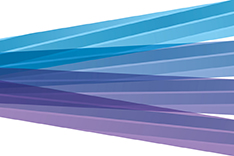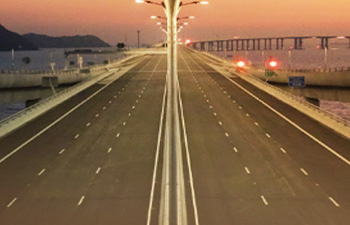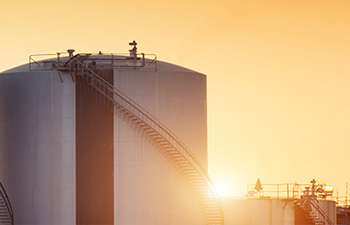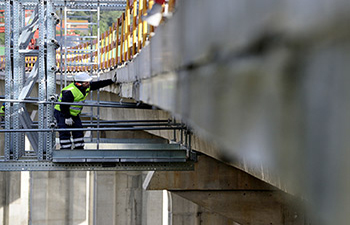In the early fifties, post-tensioning systems for the prestressing of concrete were developed by specialists, such as VSL in Switzerland.
Even though post-tensioning is a mature technology, it is still a fantastic tool for the design engineer as it enables the active definition of the internal load path in concrete structures by superposing a favorable state for the internal stresses. This enables deformations to be minimized, helps reduce the thickness of members, reduces reinforcement congestion, facilitates segmental construction without the need for wet joints and allows the use of high-strength steel.
VSL post-tensioning technology includes several systems that are specifically designed for different applications and requirements. The choice of a suitable system can be made by considering three key criteria:
- Type of structural element – the depth of the structural element influences the type of system to be used:
- Slab tendons with flat ducts are generally used for thin structural elements (slabs)
- Multistrand tendons can be used for any other application
- Structural design – taking account of structural design requirements
- Post-tensioning can be introduced using internal or external tendons, or a combination of both
- In addition, slab post-tensioning tendons can be either bonded or unbonded depending on the application
- The extent of protection needed to safeguard the tendon against corrosion. The tendon encapsulation is chosen depending on the required protection level (PL) – PL1, PL2, PL3 as defined by fib Bulletin 33.
As an experienced specialist contractor, VSL carries out high quality installation using trained personnel and reliable equipment, in accordance with well-proven procedures that ensure high quality and achieve the required performance.
Effective grouting is absolutely key to ensuring durability and hence safety and sustainability.
VSL offers various accessories and services for structural monitoring such as:
- The VCS (Void Corrosion Sensor), which guarantees that the tendon has been properly grouted and confirms the properties of the grout protecting the strand;
- The EIT (Electrically Isolated Tendons) system allows for long-term monitoring of tendon encapsulation and detection of the location of any possible defects;
- In-service monitoring for special structures such as nuclear power plants (covering factors including tendon elongation and force).












